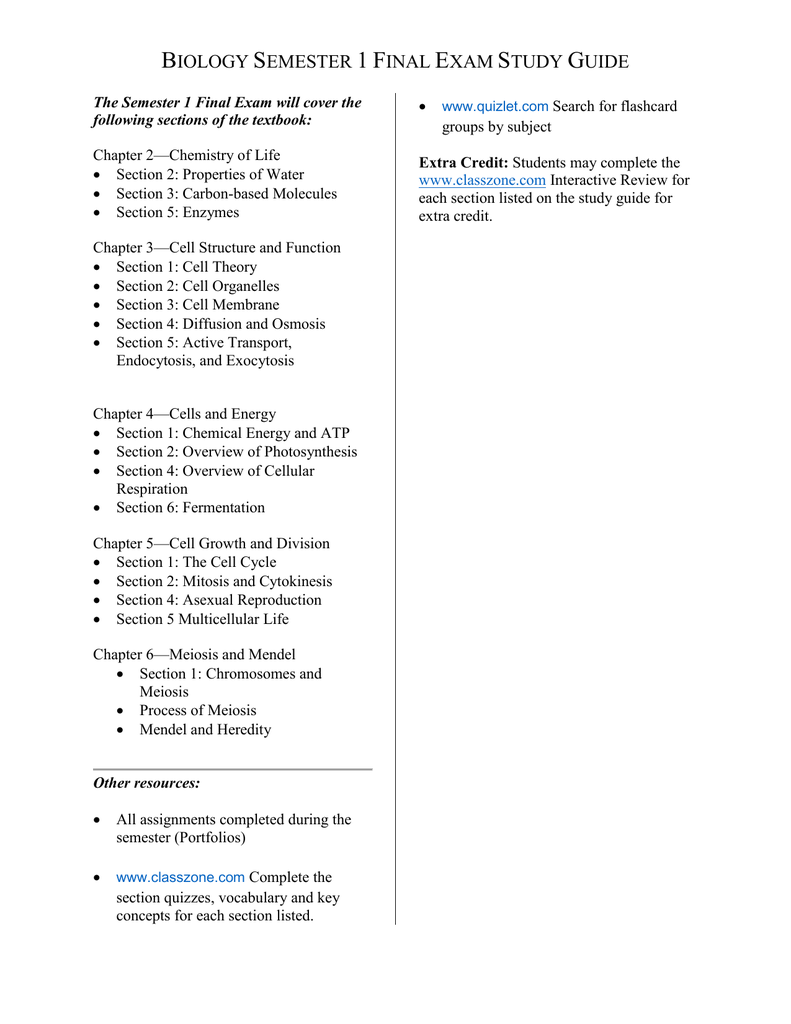Biology Chemical And Atp Study Guide
A Cell Study Guide. The cell is possibly the most important concept in biology since it is the basic unit of life. Every living organism is made up of cells (or just one in the case of bacteria). Your body is composed of microsopic cells that are only visible if viewed under a microsocope.
- Start studying GBio-4.1 Study Guide- Chemical Energy and ATP. Learn vocabulary, terms, and more with flashcards, games, and other study tools.
- Chapter 7 Biology Study Guide. O Chemical energy from glucose (sugar) is stored in ATP. - PHOTOSYNTHESIS: o H2O + CO2.
Virtually all forms of life use ATP, a nearly universal molecule of energy transfer. The energy released during catabolic reactions is stored in ATP molecules. In addition, the energy trapped in anabolic reactions (such as photosynthesis) is trapped in ATP molecules. An ATP molecule consists of three parts.
One part is a double ring of carbon and nitrogen atoms called adenine. Attached to the adenine molecule is a small five-carbon carbohydrate called ribose. Attached to the ribose molecule are three phosphate units linked together by covalent bonds. The covalent bonds that unite the phosphate units in ATP are high-energy bonds. When an ATP molecule is broken down by an enzyme, the third (terminal) phosphate unit is released as a phosphate group, which is an ion. When this happens, approximately 7.3 kilocalories of energy are released. (A kilocalorie equals 1,000 calories.) This energy is made available to do the work of the cell.

Free Atp Study Guide
The adenosine triphosphatase enzyme accomplishes the breakdown of an ATP molecule. The products of ATP breakdown are adenosine diphosphate (ADP) and a phosphate ion. Adenosine diphosphate and the phosphate ion can be reconstituted to form ATP, much like a battery can be recharged. To accomplish this, synthesis energy must be available. This energy can be made available in the cell through two extremely important processes: photosynthesis (see Chapter 5) and cellular respiration (see Chapter 6).
